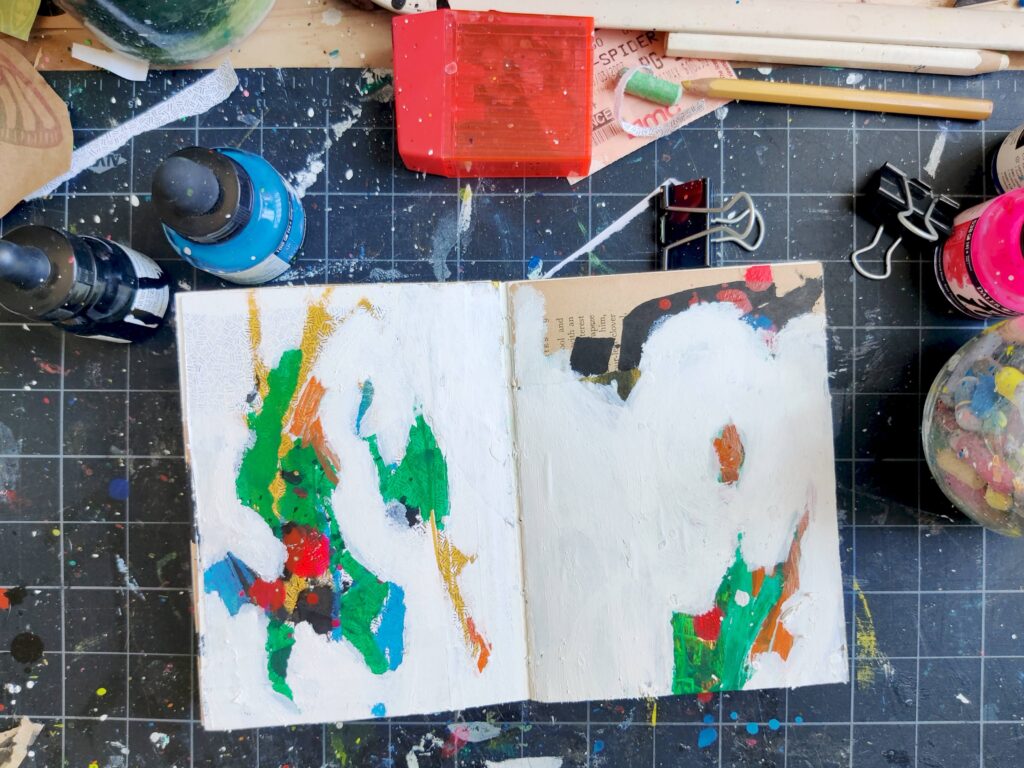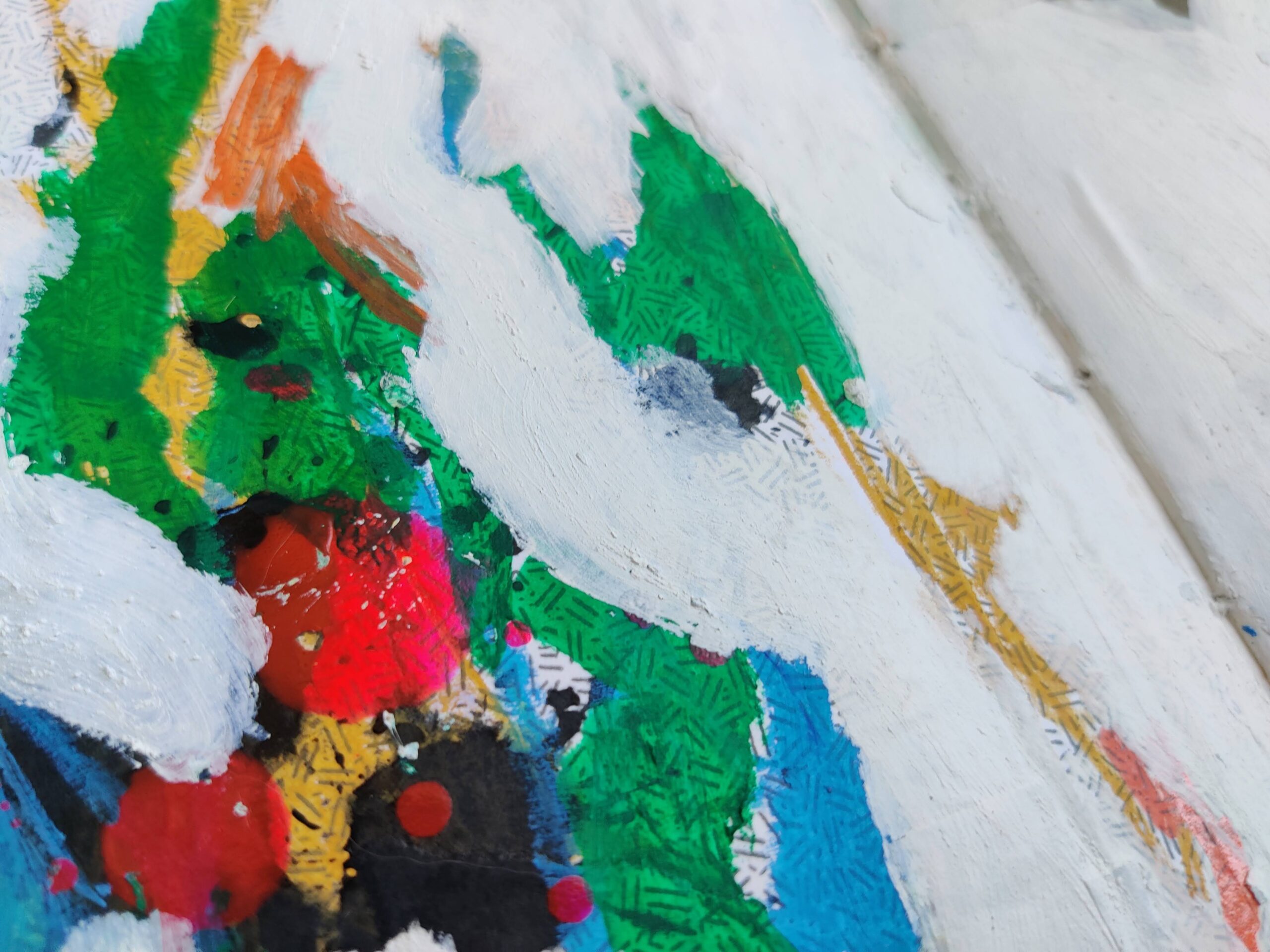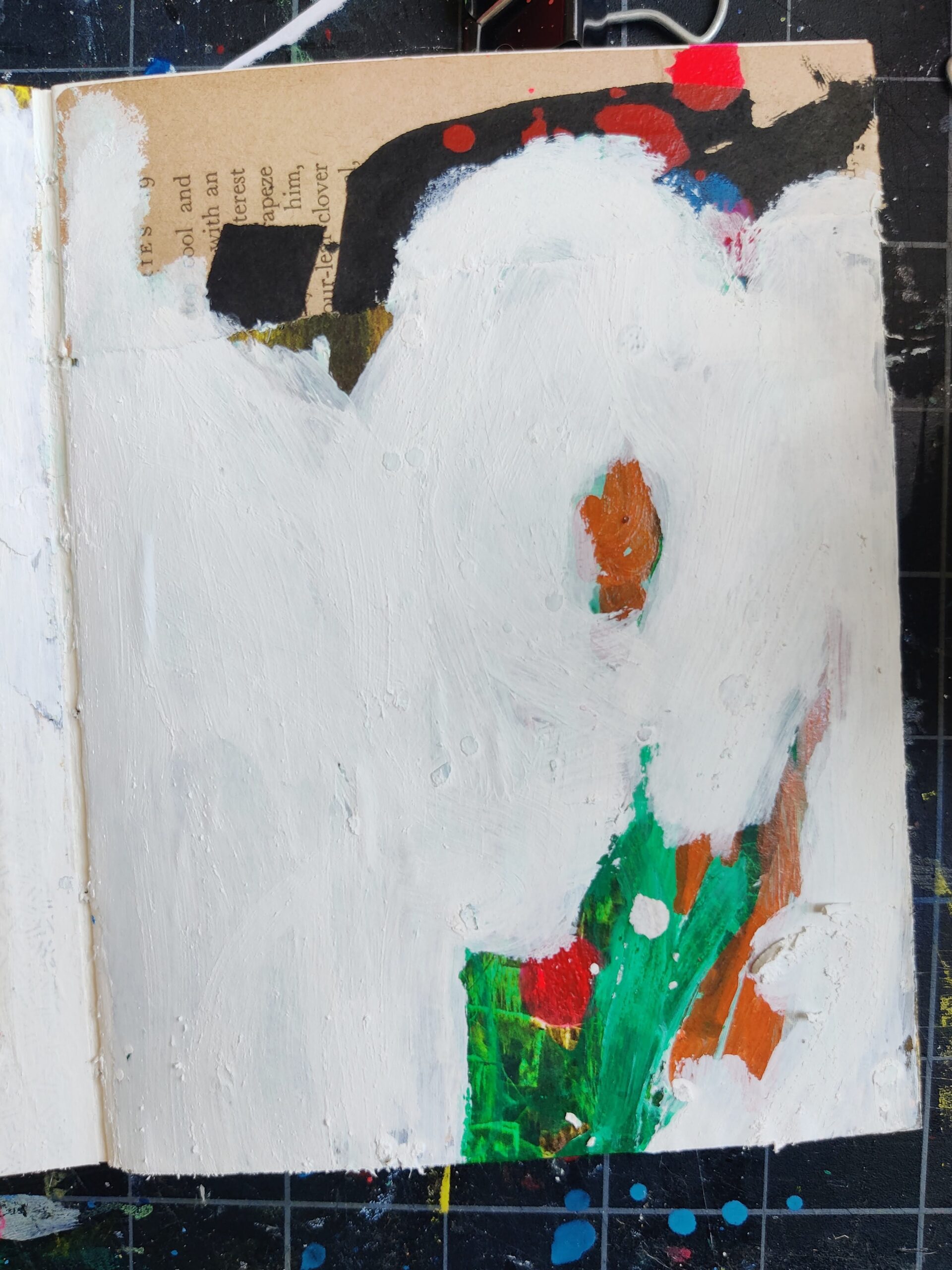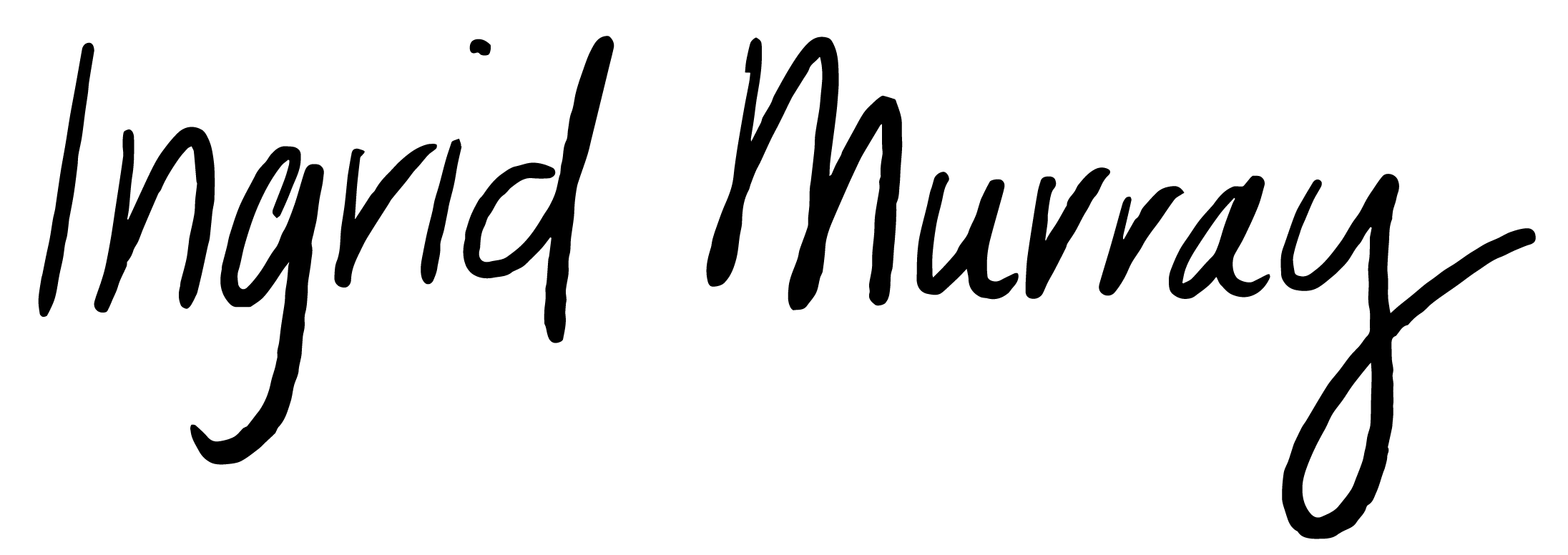
For each piece of polished, finished art shared online, every artist has a whole pile of unfinished, “messed up,” or ugly pieces. And that’s exactly as it should be.
I, for example, don’t love the art journal spread above.
It started out with some collage and minimal marks with oil pastel and black India ink, but I realized that it reminded me of camouflage and hunting — not something that resonates with me. I added more colors and marks, still hated it, and then covered up most of it with white tempura paint. It’s fine. Whatever. I’ll turn the page and do something else.
For years, I’ve been telling anyone who’ll listen: make ugly art.
It’s one of the first things I recommend to emerging artists, those who are afraid of messing up (whatever that might mean) or who desperately want to be able to translate what’s in their mind onto the page but haven’t practiced long enough to know how to do that.
Purposefully making ugly art lessens the fear of creating something you dislike and is a great exploratory process.
Some ideas for making ugly art:
- Use color combinations you don’t like or usually use
- Scribble out or paint over sections of your work
- Stick down collage any which way
- Try using tools you haven’t used before
- Use materials you aren’t usually interested in or aren’t special: tissue paper or wrapping paper, a receipt, a ripped ad from a magazine, etc.
- Move quickly and impulsively, not thinking about what you’re going to do next
The best part about setting out to create ugly art? If you finish it and hate it, you’ve succeeded. But if you finish it and love it or love sections of it, you’ve also succeeded.
No matter the outcome, you are creating, exploring, practicing, and learning so much more about what you do and don’t like.




5 comments
Comments are closed.